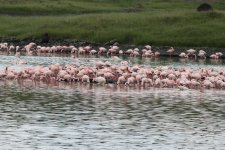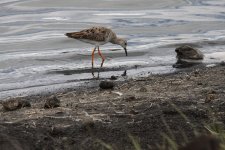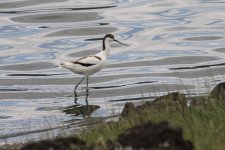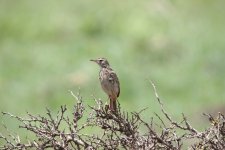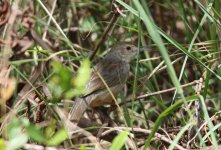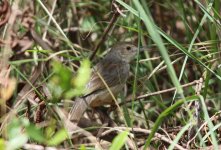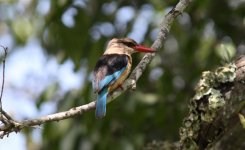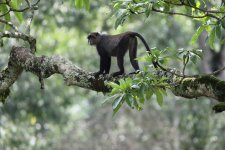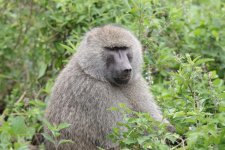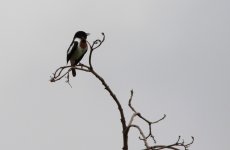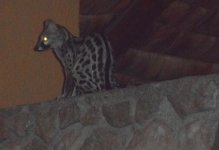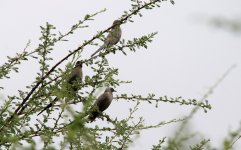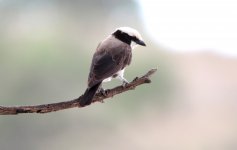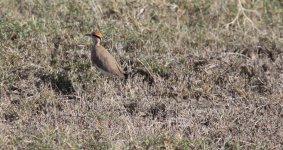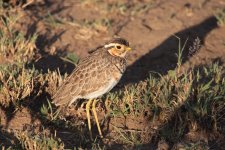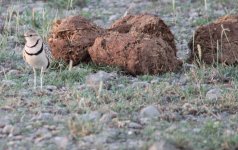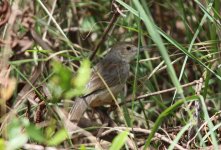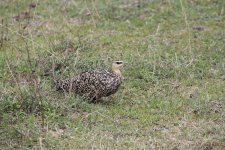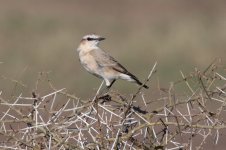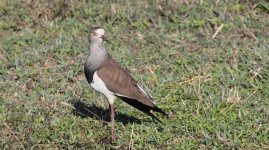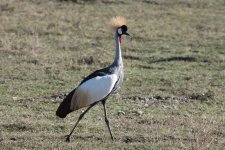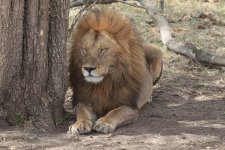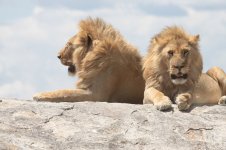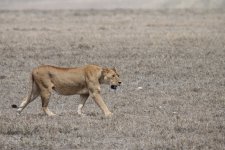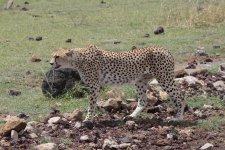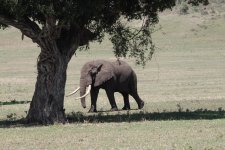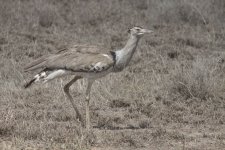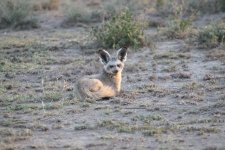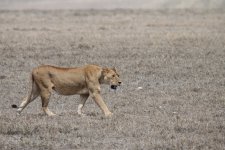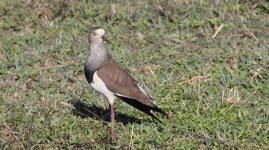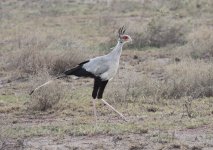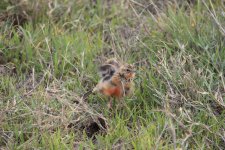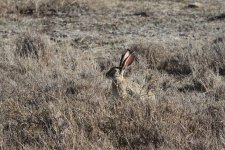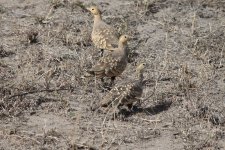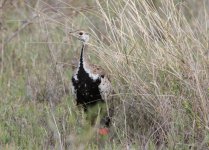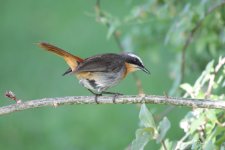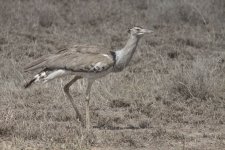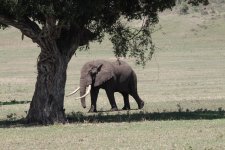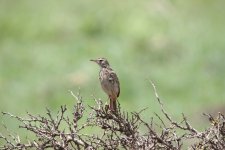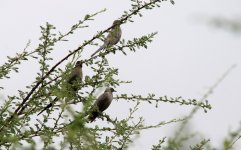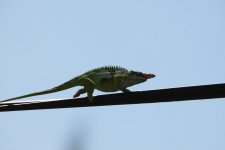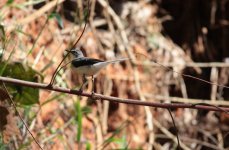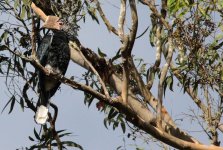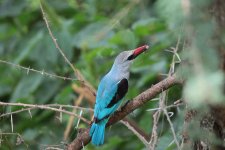Trip earlier this year to Papua New Guinea was my choice, and was pretty much full on birding, so this was to be Sarah's pick. Fortunately we had enough Skyward air miles to get to most of Africa or Northen Asia. Having looked at where we could go and at offers available we found that we could get business class returns to Dar Es Salaam so long as we went before the peak Christmas period.
Sarah's requirements were couple of weeks Safari including Ngorongoro and Serengeti with some birding then a week in Zanzibar, after a little bit of persuasion, I added Tarangire and Ndutu and managed to agree some time in the East and West Usambara mountains, Zanzibar could become Pemba for a try at the endemics so long as I could find a good posh resort with Spa etc. This was Mantra Resort which just happened to be near Ngezi forest.
Having worked out a basic itinerary and booked the flights we spoke to a few companies at the Birdfair to see if anyone could make arrangements for us, we wanted a guide in Usambara but were happy with just a driver for the first 10 days as we have both birded quite a lot in East and Southern Africa. We also wanted a half day guiding in Pemba in case we struggled with endemics there.
Greg at Euro Africa Birding put together the best quote, and we then liaised with his cousin Anita (based in Tanzania - LoveLiveAfrica) to finalise arrangements. One attaction over other Tanzanian companies was that LoveLiveAfrica had a UK bank account for payments.
Sarah's requirements were couple of weeks Safari including Ngorongoro and Serengeti with some birding then a week in Zanzibar, after a little bit of persuasion, I added Tarangire and Ndutu and managed to agree some time in the East and West Usambara mountains, Zanzibar could become Pemba for a try at the endemics so long as I could find a good posh resort with Spa etc. This was Mantra Resort which just happened to be near Ngezi forest.
Having worked out a basic itinerary and booked the flights we spoke to a few companies at the Birdfair to see if anyone could make arrangements for us, we wanted a guide in Usambara but were happy with just a driver for the first 10 days as we have both birded quite a lot in East and Southern Africa. We also wanted a half day guiding in Pemba in case we struggled with endemics there.
Greg at Euro Africa Birding put together the best quote, and we then liaised with his cousin Anita (based in Tanzania - LoveLiveAfrica) to finalise arrangements. One attaction over other Tanzanian companies was that LoveLiveAfrica had a UK bank account for payments.




